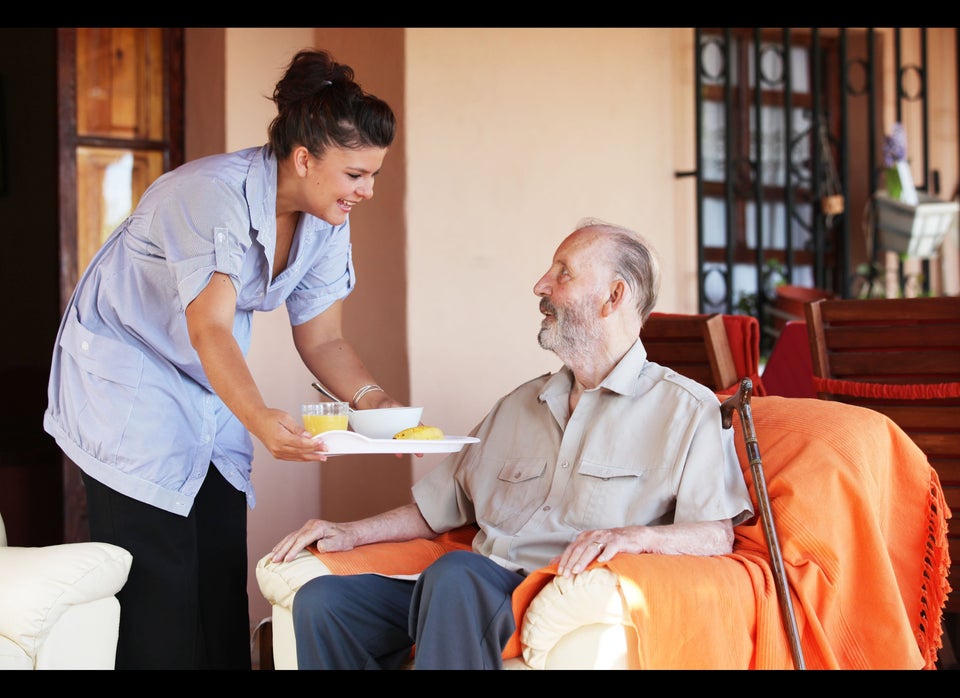
AARP puts the number of unpaid family caregivers who care for an older and sicker person at 40 million. And not surprisingly, 71 percent of those caregivers said in an AARP survey that they would love to have some technology to help them provide care.
What is surprising is that only 7 percent of those caregivers are actually using tech tools to help out, attendees of MedCity News ENGAGE in San Diego heard recently. The conference-goers also heard various theories about why this is ― things like caregivers “just don’t have the time to try new technology.” While lack of time certainly may be part of it, we’d like to offer our own theories on the disconnect. Here are five reasons why technology fails caregivers.
1. Tech entrepreneurs don’t understand what caregivers really need.
It’s great that you want to send us a text alert when mom doesn’t take her pills. But how about somebody designing a simple, easy-to-open pill box? Many older people take multiple medications. Pill boxes are too small. Make them big and make them easy to read and handle. And by the way, pill boxes need more than two slots. Lots of people take medications three or even four times a day.
One of the most useful things we’ve seen are pharmacies that bundle all of a patient’s medications in a single daily pack with the times of day and the dates clearly marked.
2. Tech concepts often invade privacy.
No, mom doesn’t want to live under a webcam. Nor do her adult children especially want to watch her in the bathroom. There are systems that will send caregivers an alert if there is a break in her TV-watching patterns ― meaning if she decided to skip her favorite show because it was a rerun, you get a text. Caregivers also can get alerted if she leaves the oven on or forgets to lock the door. Honestly? If you are worrying about stuff at this level, it’s probably time for mom to no longer live alone. And if the stove is left on, better hope the fire department gets a text too.
Let’s keep it simple: Using Skype for doctors’ appointments isn’t a bad idea, but truthfully, it’s not going to be the same as driving mom down for an in-person office visit, is it? How about more doctors who make house calls? You know what else is really useful? When the local pharmacy or seniors center offers free flu shots and blood pressure checks. Extra bonus points for providing transportation there and back too.
Technology’s offerings to caregivers seem to follow two tracks: systems that alert you to problems and systems that spy on your behalf. Think more proactively, and don’t disregard going simple.
3. Tech doesn’t understand the aging process.
Phones don’t work well when the user can’t hear. They also fall short when the user can’t see the buttons to dial or the screen. Design a better cell phone. There is Jitterbug, which caters to the elderly population with little or no prior experience with cell phones. But what about the seniors who have been around the tech block a time or two? All they really need is a bigger screen and a volume control button with some amplification. Be the company who cares and include a free lesson on how to use it.
4. Caregivers want out-of-the-box functionality.
New products need to be intuitive. Or better still, plug-and-go. When things need to be installed or have a steep learning curve, it’s a big turnoff. One story from the conference nailed it. The wife of a senior with dementia uses the Amazon Echo digital personal assistant to manage all the repetitive questions her husband asks. The device took some stress off her by giving simple answers to questions such as, “What day is it?” or “What’s the weather?”
Amazon Echo is simple to use, which adds to its value ― big-time.
5. The elephant in the room.
Falls are the big bugaboo of aging. The Centers for Disease Control says more than one out of four older people falls each year, and one in five falls results in a broken bone or head injury.
Other than alerting someone after the fact, what has tech done about elderly falls? Pathway lighting to the bathroom that turns on via a motion sensor would be a good start. And maybe some magic glue to keep area rugs in place.
But the best place to start would be to build that better mousetrap: the pill box.

